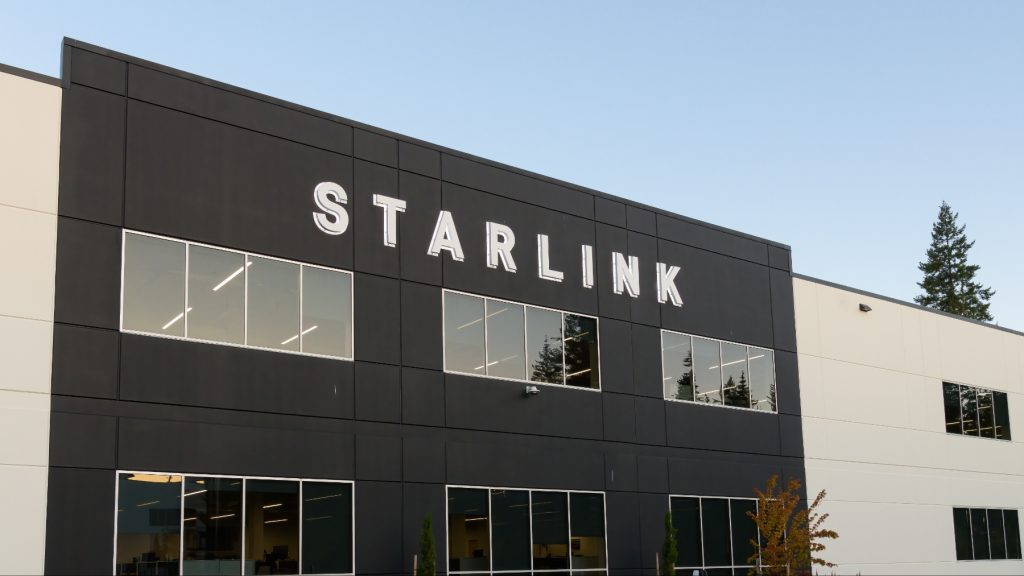
On December 4, SpaceX launched 20 satellites into orbit, forging ahead its Starlink Direct-to-Cell service to eliminate cellular dead zones by partnering with global telecom operators.
Ben Longmier, SpaceX’s Senior Director of Satellite Engineering at SpaceX, said more about the launch, saying, “24 planes of 13 satellites per plane” were launched to orbit to expand the Direct-to-Cell Starlink connection.
Once Starlink direct to cell satellites reach a certain altitude of 360 kilometers, the Direct-to-Cell service will be ready for consumer use, not only for individuals but it also holds the potential for telecommunications companies globally.
The step of making the direct-to-cell Starlink satellites available for worldwide telecom companies allows telecom providers to include the satellite technology into their own networks.
Starlink Direct to Cell Service Ending Connectivity Dead Zones
Starlink Direct-to-Cell satellite will eliminate cellular dead zones, providing users with better connectivity for voice calls, text messaging, or emergencies, without a need for cellular towers.
A key factor in this launch is SpaceX’s 2022 agreement with T-Mobile, allowing picture perfect customers transition, without interruption, from regular cell towers to Starlink satellites when cell service stops working. This will receive a significant boost with the involvement of T-Mobile alone, which is expected to implement the Direct-to-Cell service nationwide shortly. A beta program is expected to start soon.
The Federal Communications Commission (FCC) gave its approval in November for Starlink and T-Mobile’s new satellite service, declaring it a project with ”critical public interest benefits.”
The Starlink direct to cell launch will connect satellite technology with cellular networks and position Starlink at the forefront of bridging connectivity gaps in rural areas, but the project has its own set of challenges.
SpaceX Starlink direct to cell is waiting for further regulatory approval for a boost in radio emission power that would provide better connectivity to satellites in more demanding use cases.
The increase in power has raised several red flags from major telecom players like AT&T and Verizon, which believe the increase in power may interfere with their cellular networks.
Future of Satellite Connectivity
Starlink Direct-to-Cell satellite is trying to revolutionize connectivity and is a big opportunity for both consumers and telecom companies worldwide.
With the evolution of satellite-based solutions, this collaboration between SpaceX and T-Mobile could serve as a model for global telecom innovation, encouraging the potential of communications technology.
Inside Telecom provides you with an extensive list of content covering all aspects of the tech industry. Keep an eye on our Telecom sections to stay informed and up-to-date with our daily articles.